

Virginia State Capitol

Virginia State Capitol
The Virginia State Capitol is the seat of state government in the Commonwealth of Virginia, located in Richmond, the third State Capital of Virginia. It houses the oldest legislative body in the United States, the Virginia General Assembly. Although it was completed in 1788 and is over 215 years old, the current State Capitol building is the eighth built to serve as Virginia's State House, primarily due to fires in the Colonial period. It is one of only eleven state capitols in the United States to not have an external dome. (The others are Alaska, Delaware, Hawaii, Louisiana, New Mexico, New York, North Dakota, Ohio, Oregon and Tennessee.)
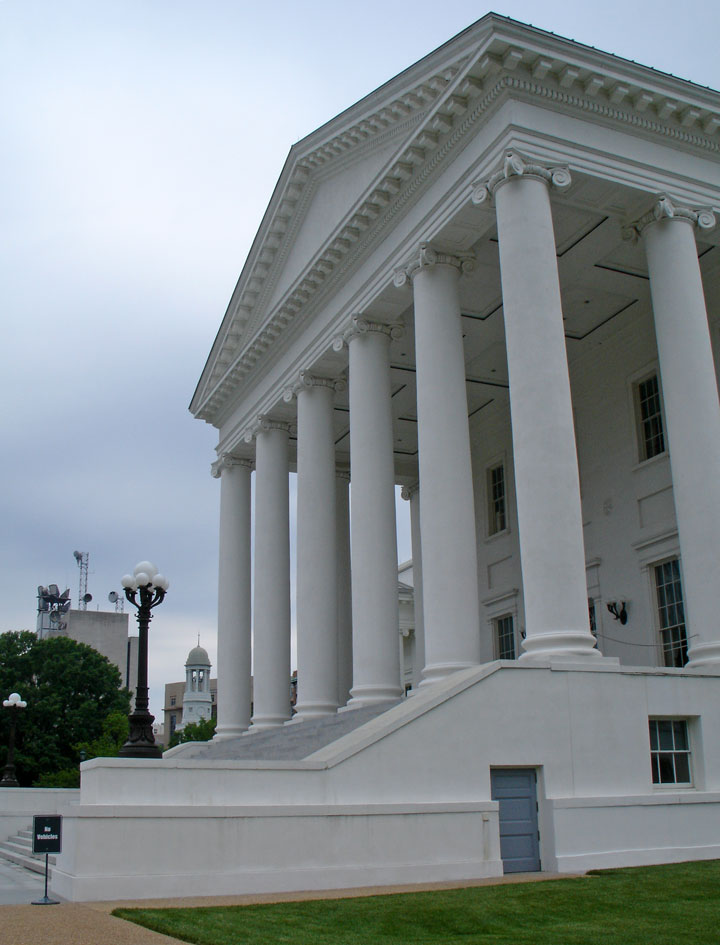
When it convened in Richmond on May 1, 1780, the legislature met in a makeshift building near Shockoe Bottom. Plans were begun for a new building to serve a new state, the Commonwealth of Virginia.

The site selected for a new, permanent building was on Shockoe Hill, a major
hilltop overlooking the falls of the James River. Thomas Jefferson is credited
with the architectural design of the new Virginia State Capitol building, which
was modeled after the Maison Carrée at Nîmes in southern France, an ancient
Roman temple. The only other state to accurately copy an ancient model is the
Vermont State House, which based its portico on the Temple of Theseus in Athens.
Jefferson had the architect, Charles-Louis Clérisseau, substitute the Roman
Ionic Order over the more ornate Corinthian column designs of the prototype in
France. The cornerstone was laid on August 18, 1785, with Governor Patrick Henry
in attendance. It was sufficiently completed for the General Assembly to meet
there in October, 1792.
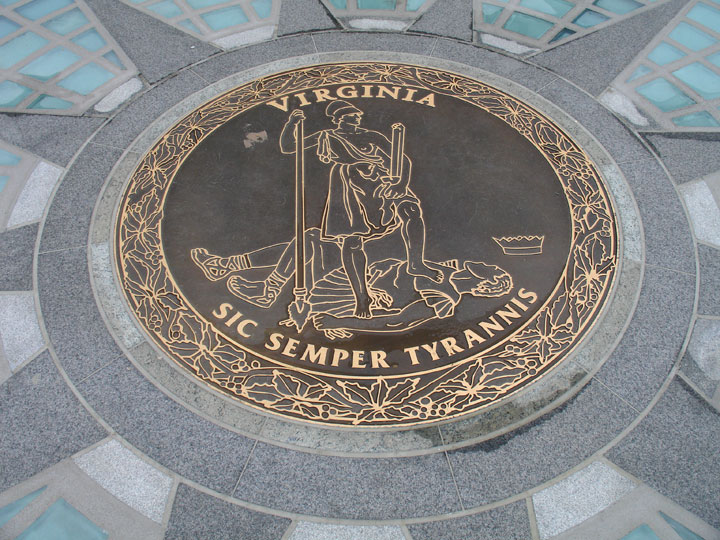
Lt. de Peyster raises the Stars and Stripes over the capitol of Richmond,
Virginia for the first time since it joined the confederacy in 1861.
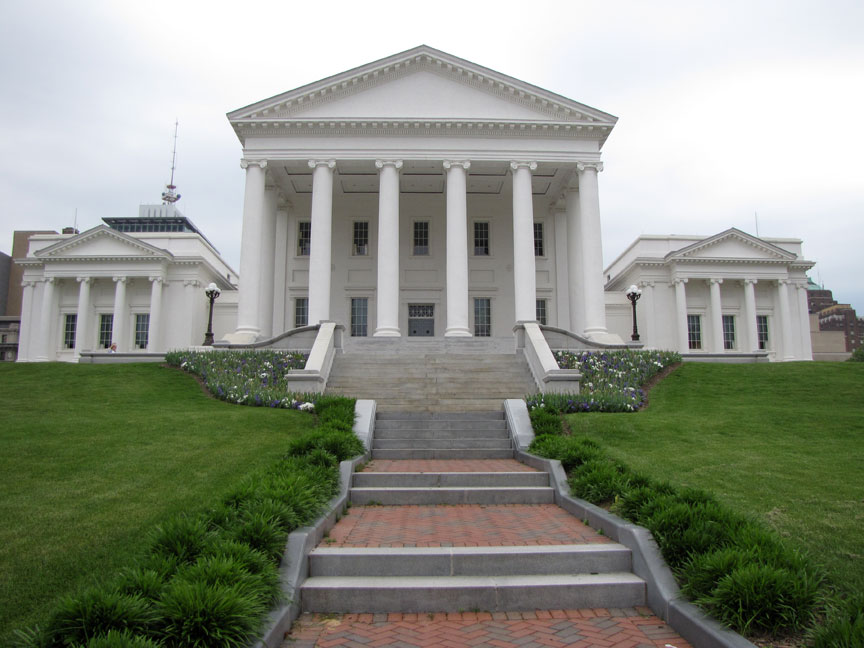
The building also served as the Capitol of the Confederacy during the American
Civil War (1861-1865). The State Capitol Building, the adjacent Virginia
Governor's Mansion, and the White House of the Confederacy (about 3 blocks away
to the north) were spared when departing Confederate troops were ordered to burn
the city's warehouses and factories, and fires spread out of control in April,
1865. The first flag to fly over the capitol since secession was hoisted by
Lieutenant Johnston L. de Peyster. U.S. President Abraham Lincoln toured the
Capitol building during his visit to Richmond about a week before his
assassination in Washington, DC.
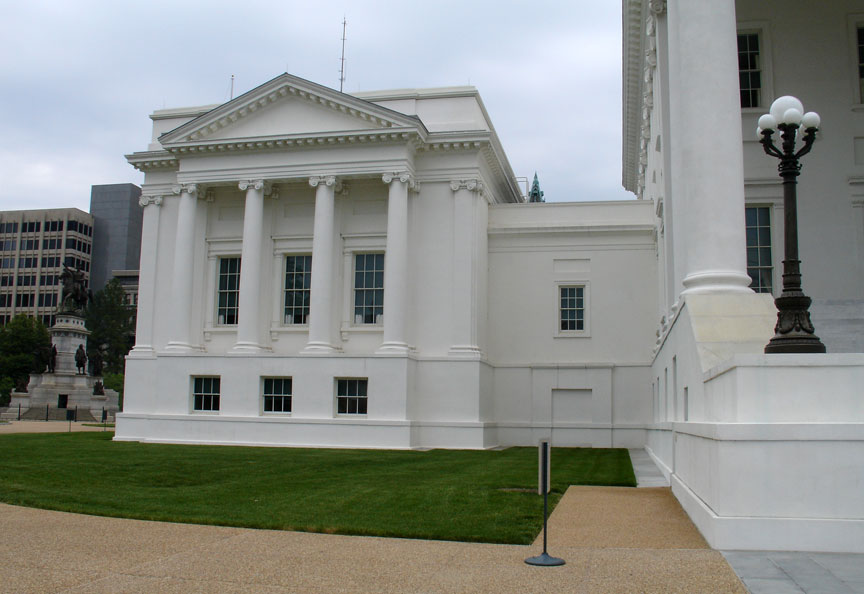
Senate wing
From April 6 until April 10, 1865 Danville served as the capital of Virginia. Under CSA President Jefferson Davis, the executive and legislative branches of the Commonwealth moved to Danville for the few days between the fall of Richmond and the fall of the Confederacy.
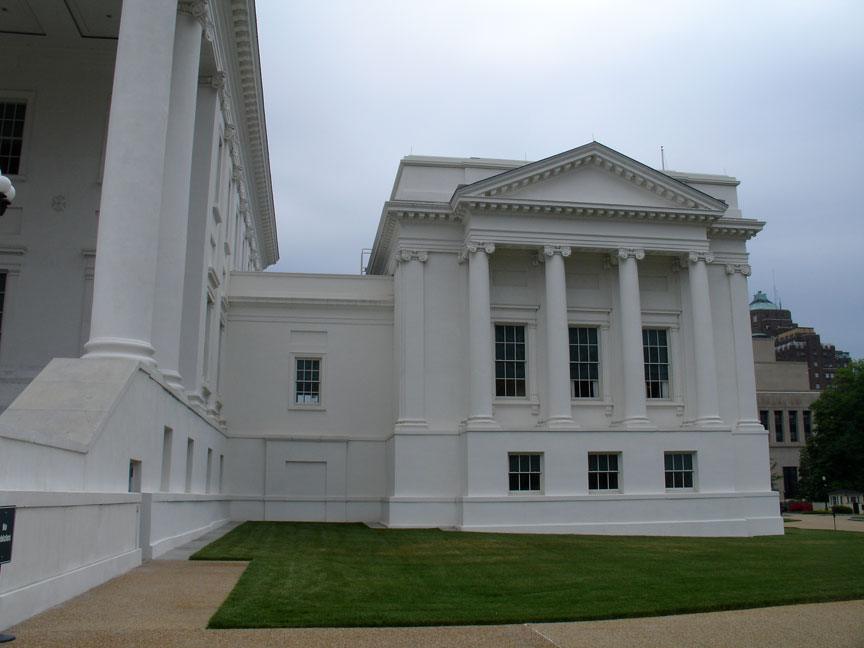
House of Delegates wing
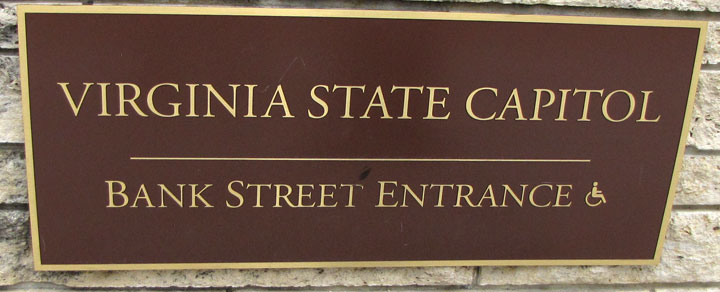
new entrance on Bank Street
After the end of the American Civil War, during the Reconstruction period, Virginia was under military rule for almost 5 years, ending in January, 1870. In the following months, a dispute over leadership of the City of Richmond government led to the Virginia Supreme Court of Appeals holding a hearing on April 27, 1870 in the large courtroom located on the second floor of the Virginia State Capitol Building. Several hundred people crowded in. Before the proceedings could begin, the gallery (balcony) gave way and fell to the courtroom floor. This added weight, in addition to the crowd already there, caused the entire courtroom floor to give way, falling some 40 feet into the Hall of the House of Delegates.

statue of Washington
The injured stumbled, crawled, or were carried out onto the Capitol lawn in the mayhem which followed. 62 men were killed and 251 were injured. There were no women believed to have been present when the collapse occurred. The dead included a grandson of Patrick Henry, and 3 members of the General Assembly. Injured included both men contesting the Richmond mayoral position, the Speaker of the House of Delegates, a judge, and ex-governor Henry H. Wells. Former Confederate general Montgomery D. Corse was partially blinded by the collapse.
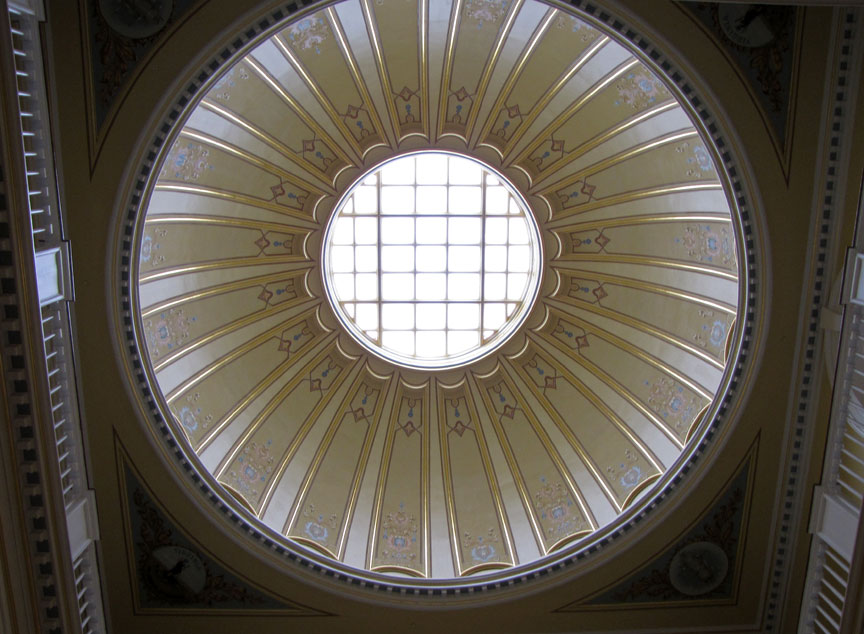
internal dome
Despite calls for the building's demolition, the damage from the tragedy in 1870 was repaired. In 1904, two wings (not in the original plans) were added to the east and west ends of the building to provide much-needed additional space for the growing legislature.
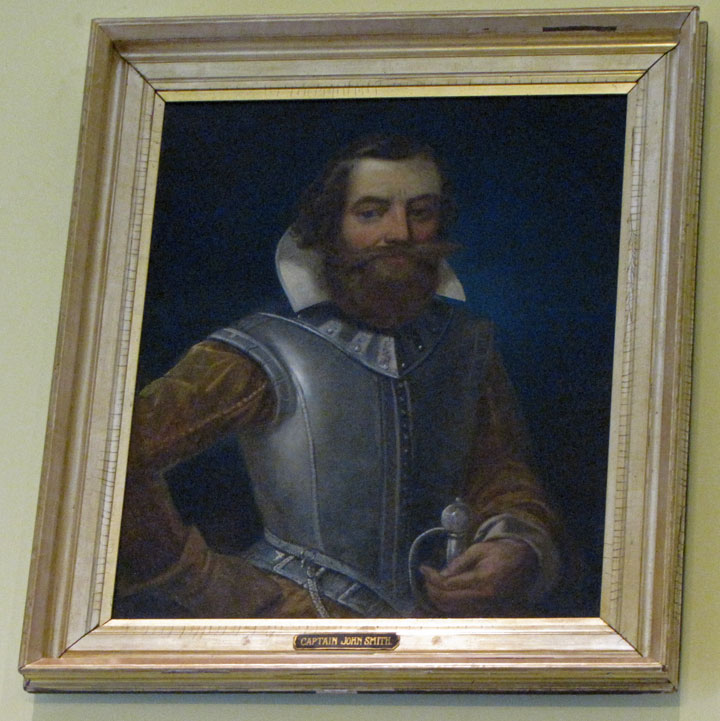
Captain John Smith
In 2003, the Virginia General Assembly approved $83.1 million USD for the renovation, restoration, and expansion of the Virginia Capitol building. Work began in 2004 and was completed on May 1, 2007 (In time for Queen Elizabeth's visit to Richmond and Jamestown). Among major changes are a totally new HVAC system, updated mechanical, storm water, and plumbing systems, and the construction of an 27,000 sq. ft. expansion located underground, beneath the hill on the south lawn. The expansion provides a visitor's entrance that is ADA compliant, office space and meeting rooms, and better security management. Total final cost of the restoration was approximately $104 million USD.
Text from Wikipedia
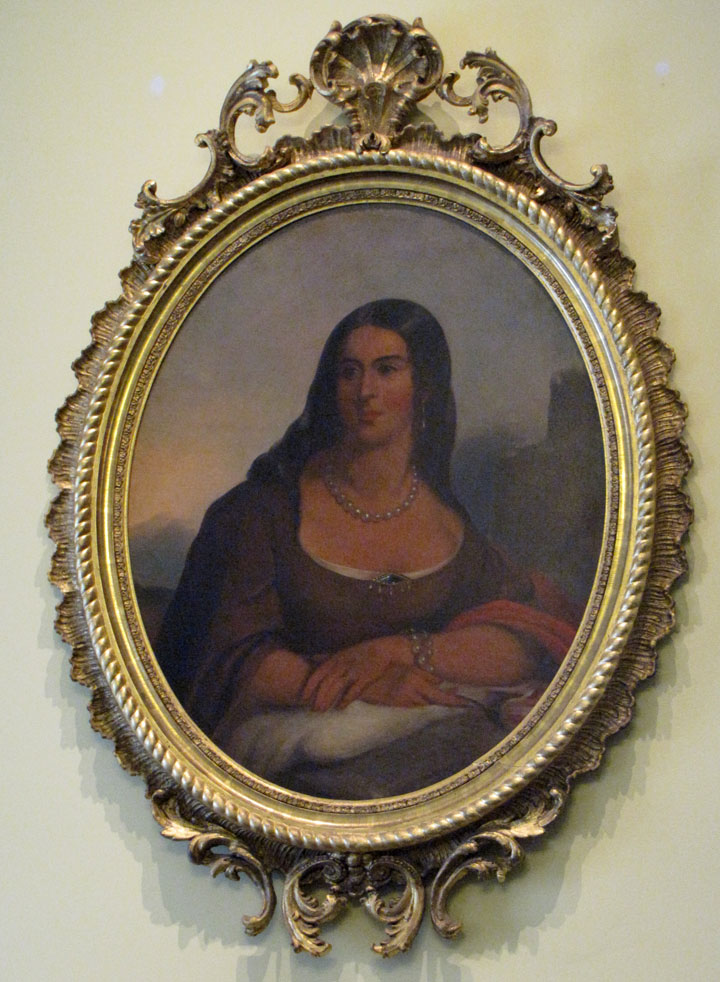
Pocahontas
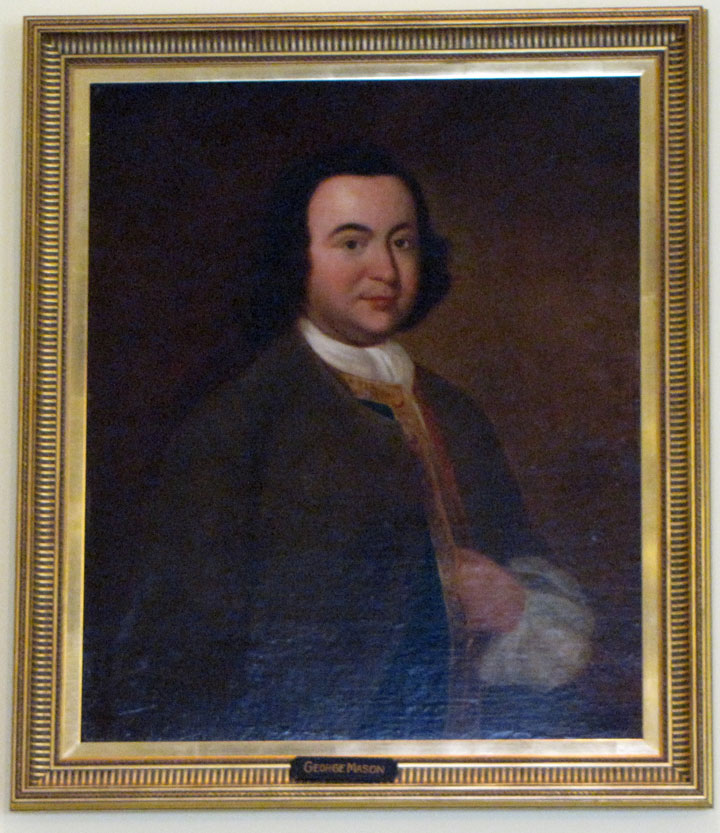
George Mason
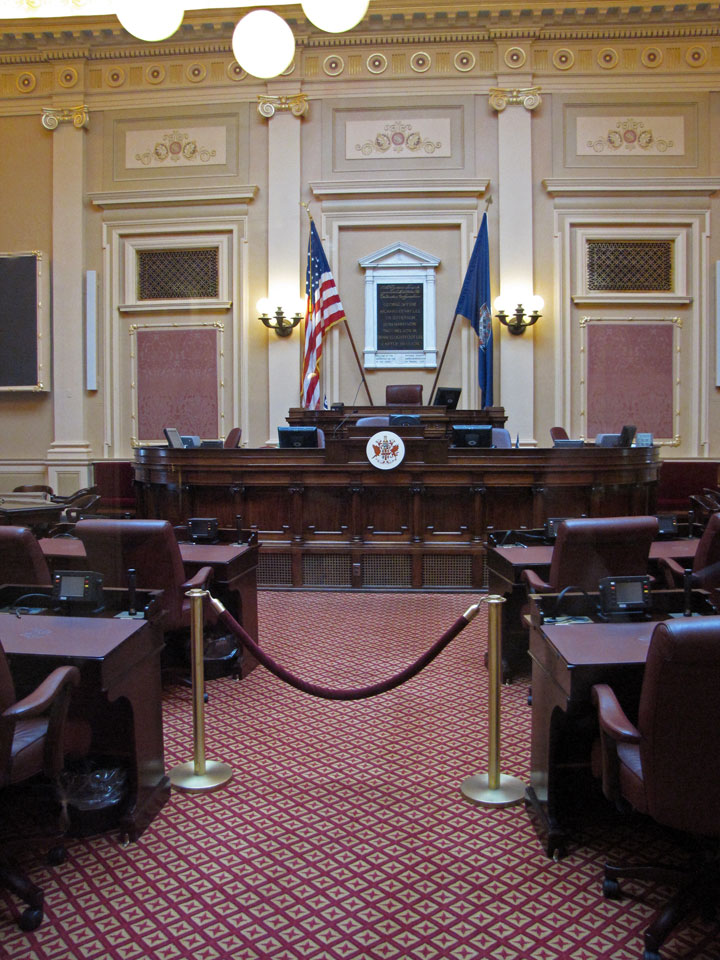
the Senate

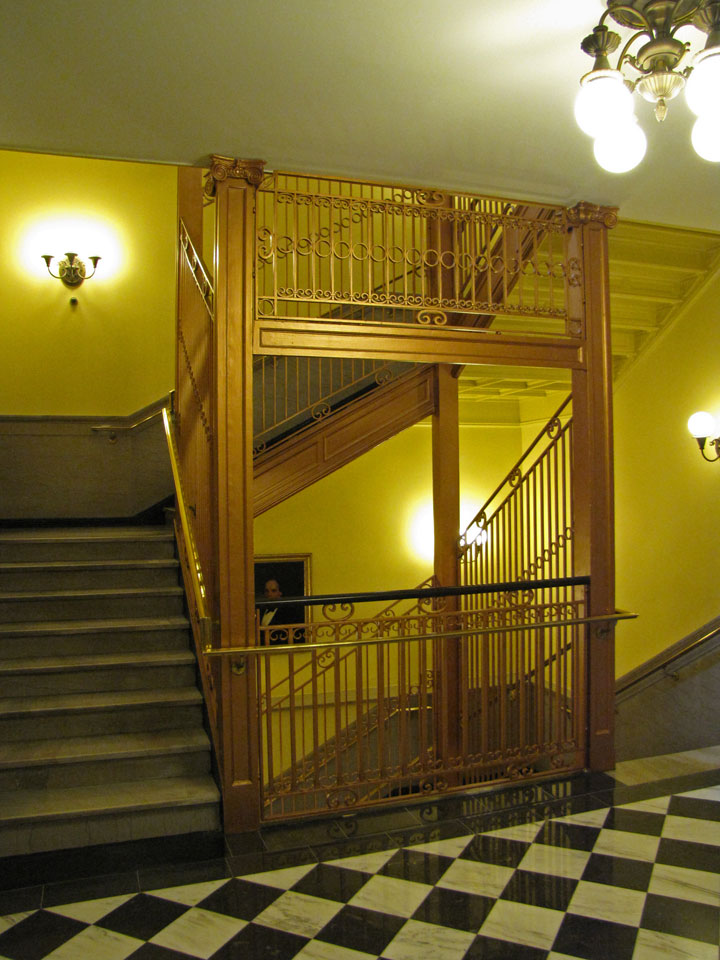
internal stairwell
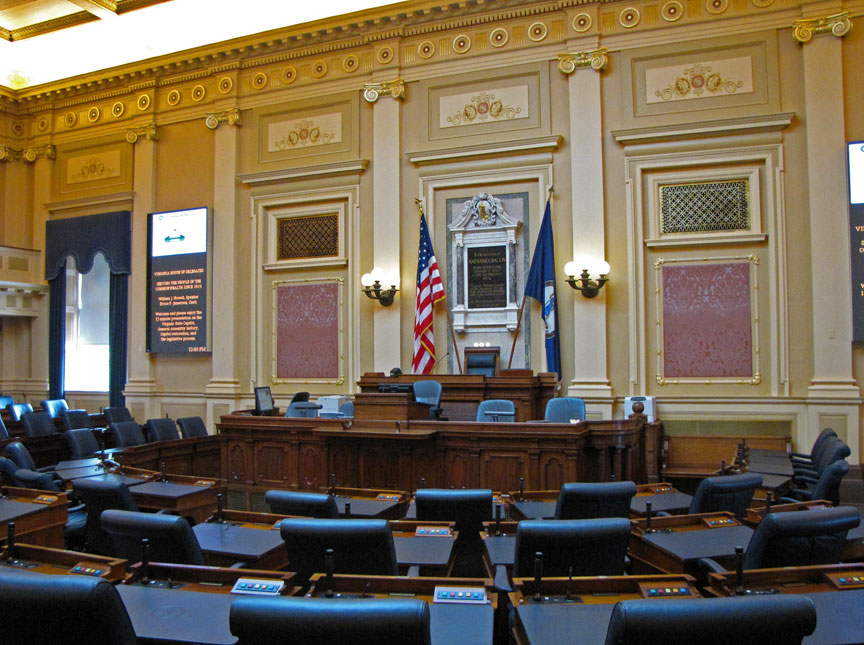
House of Delegates
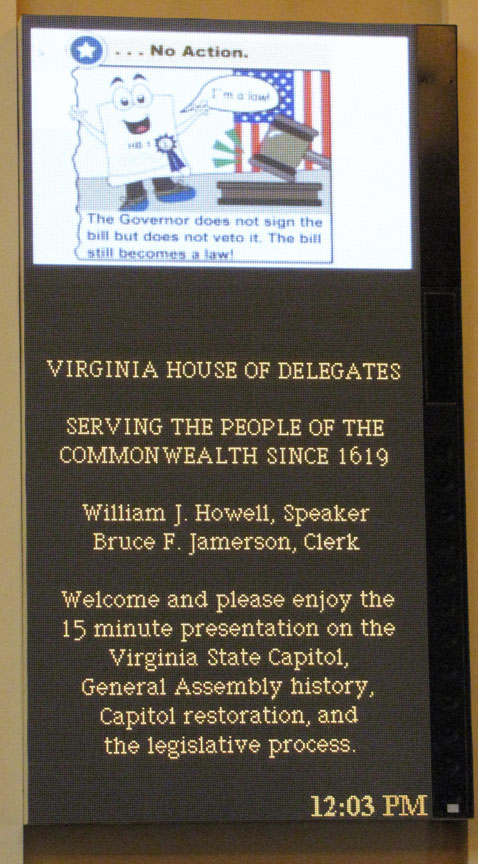
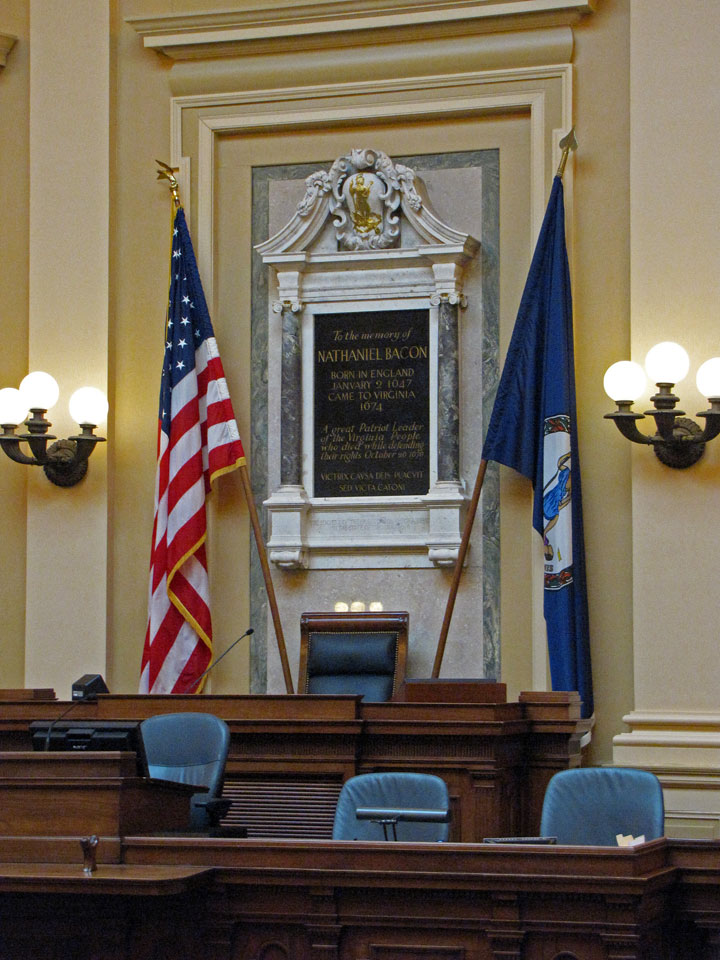
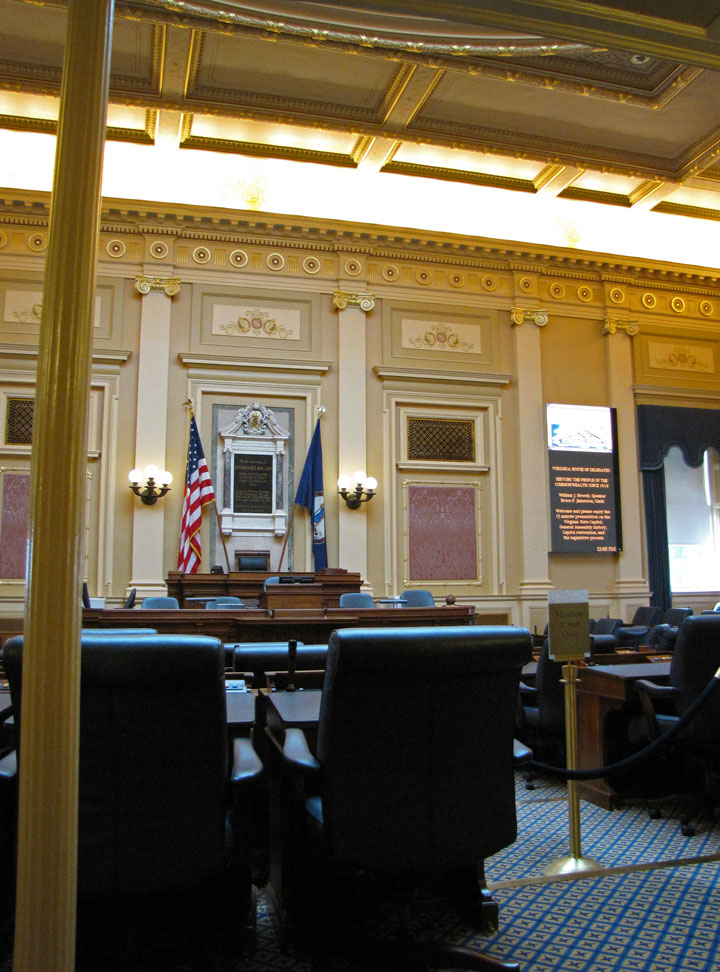
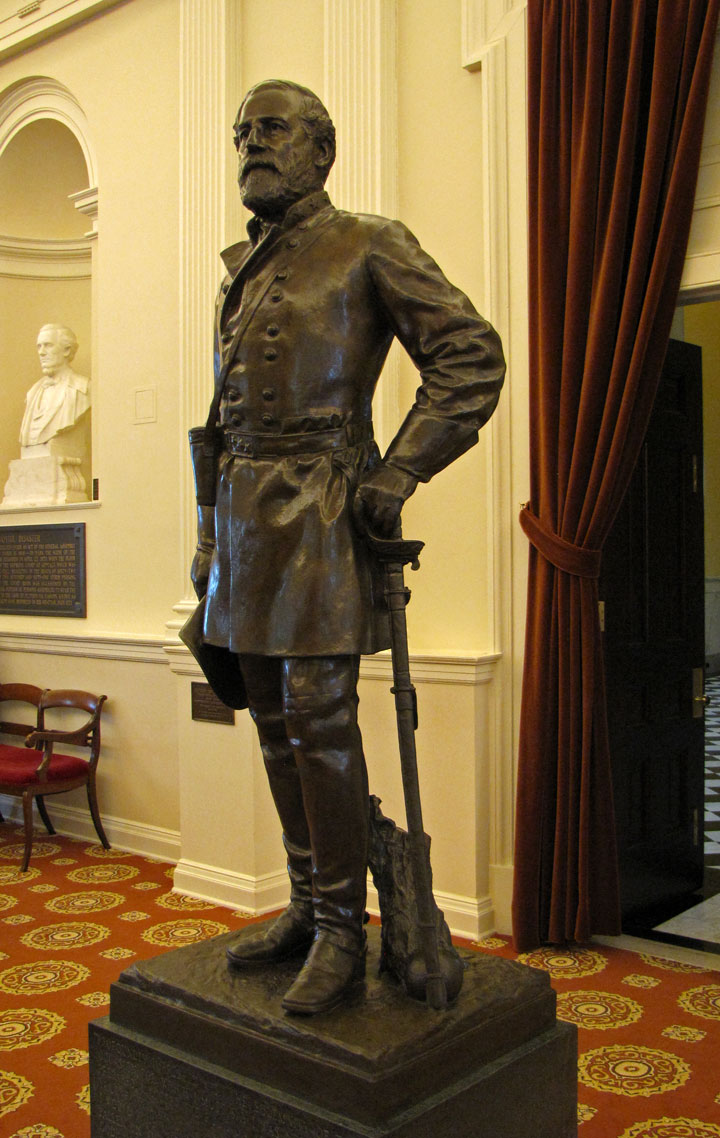
General Lee in the old Legislative Hall

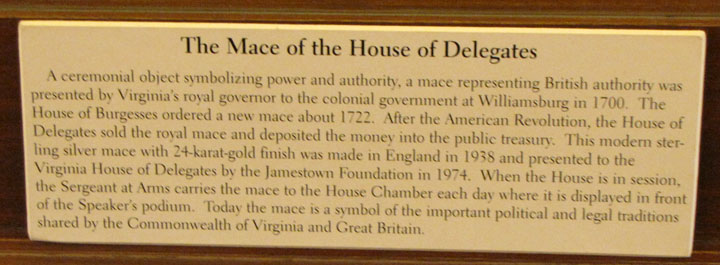
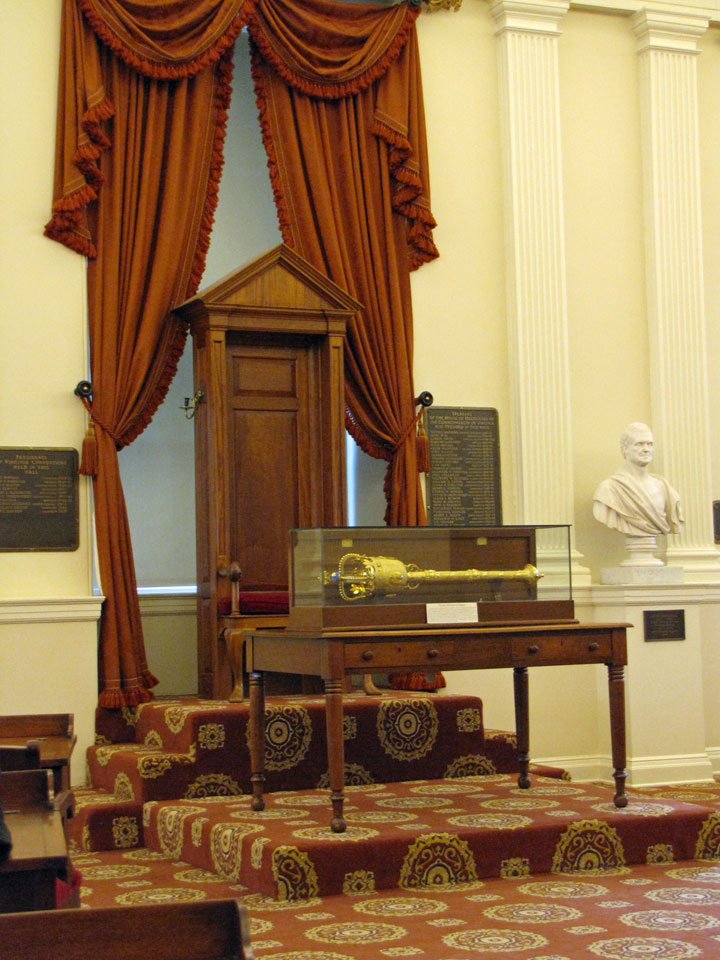
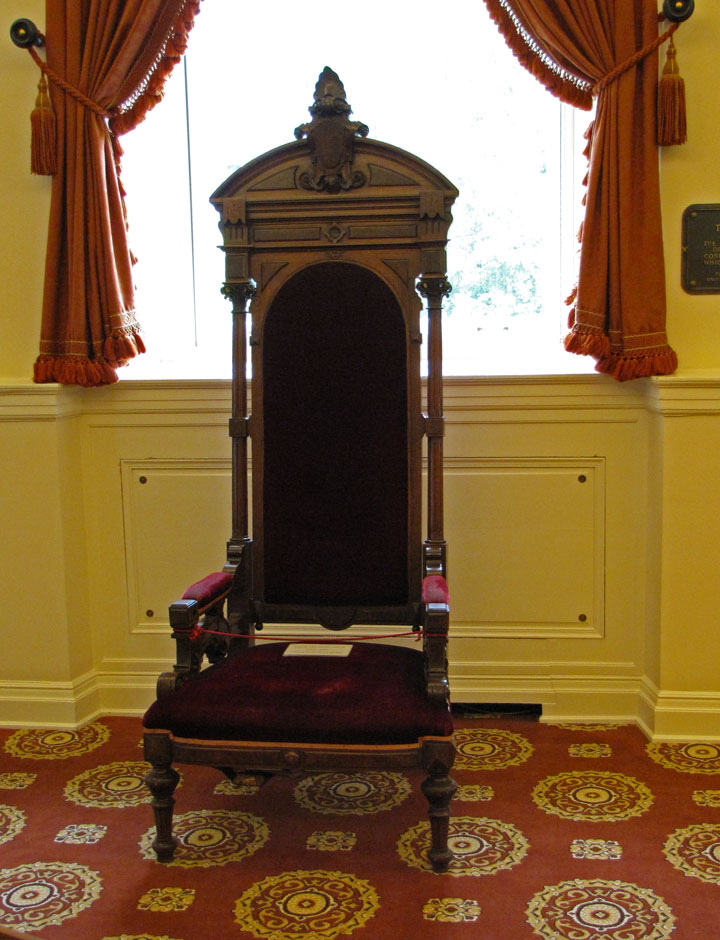
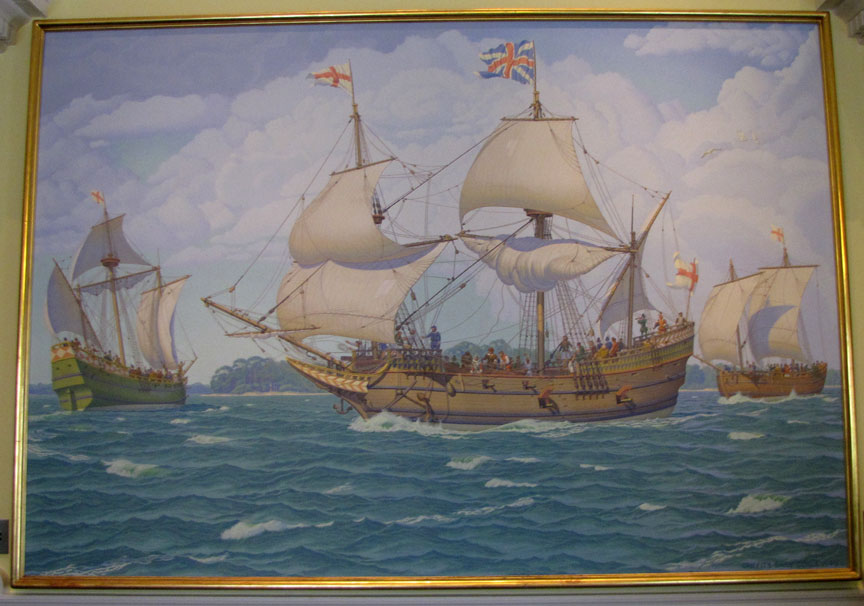
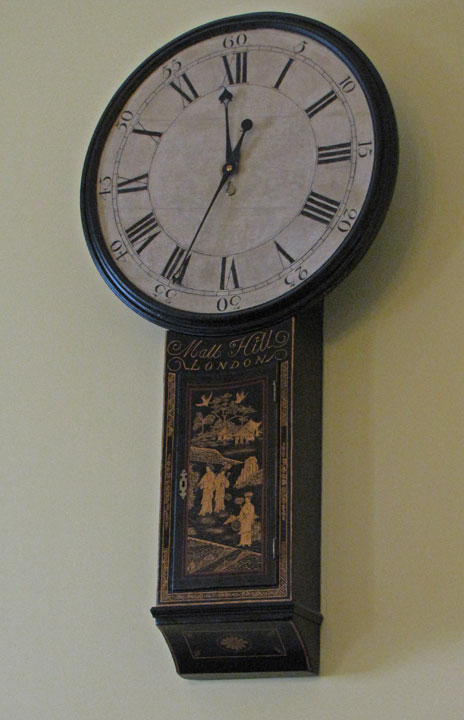
Notable Virginians
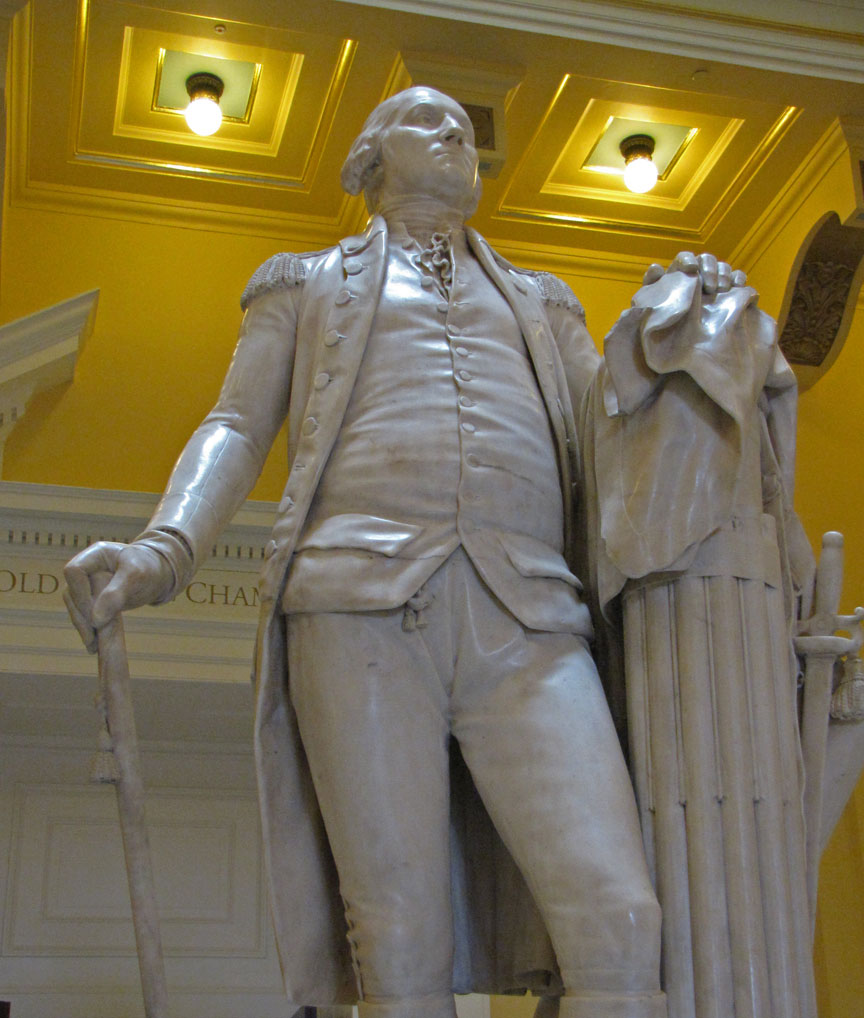
George Washington
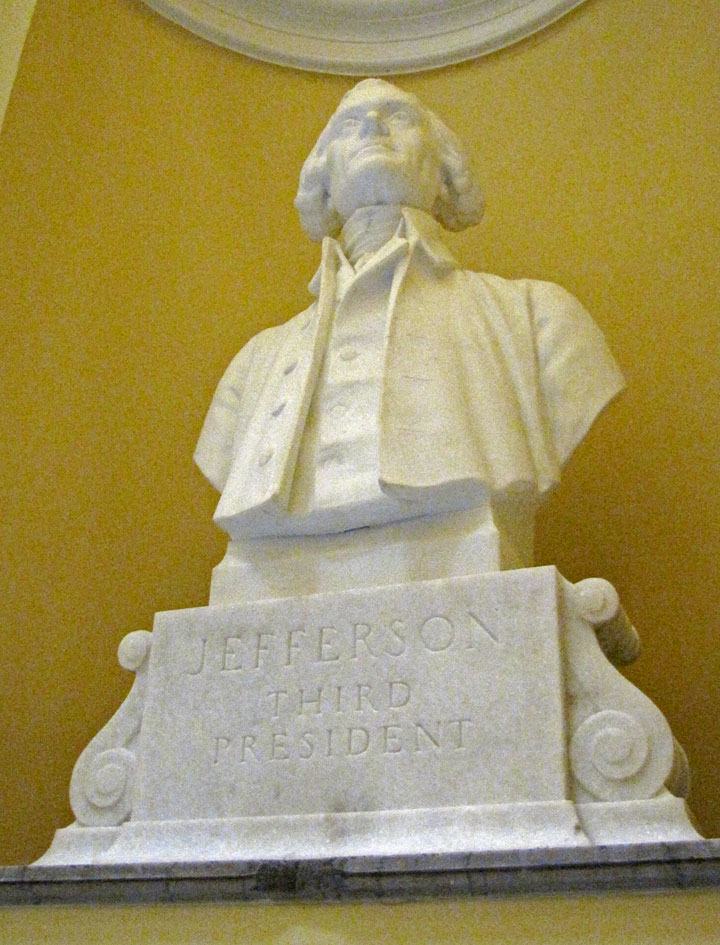
Thomas Jefferson
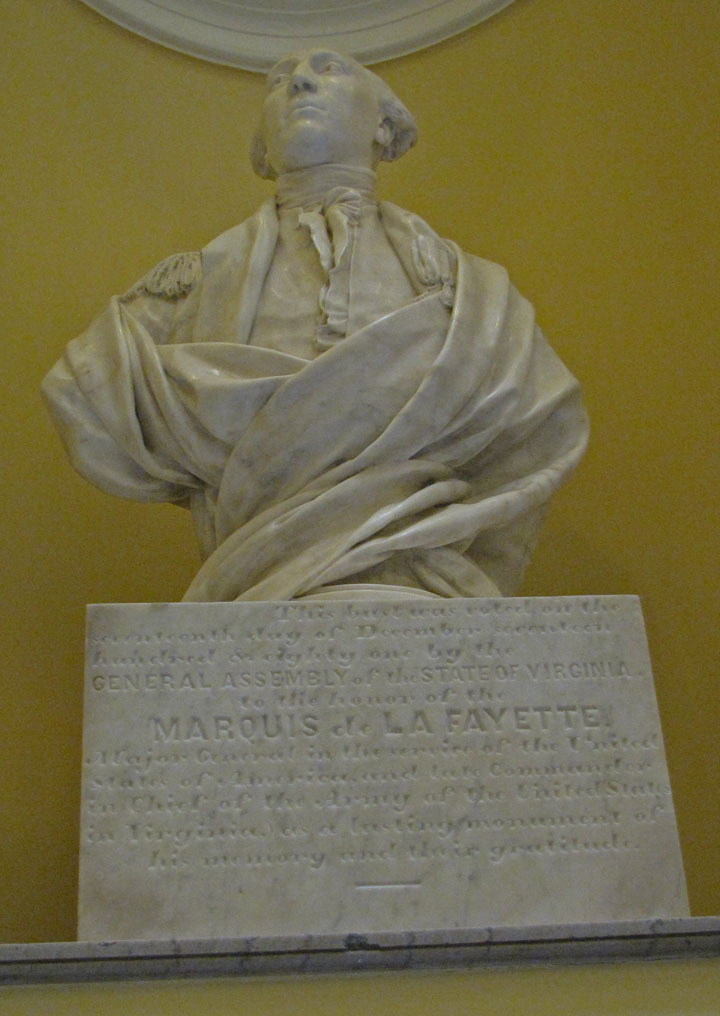
Marquis de La Fayette
honorary Virginian
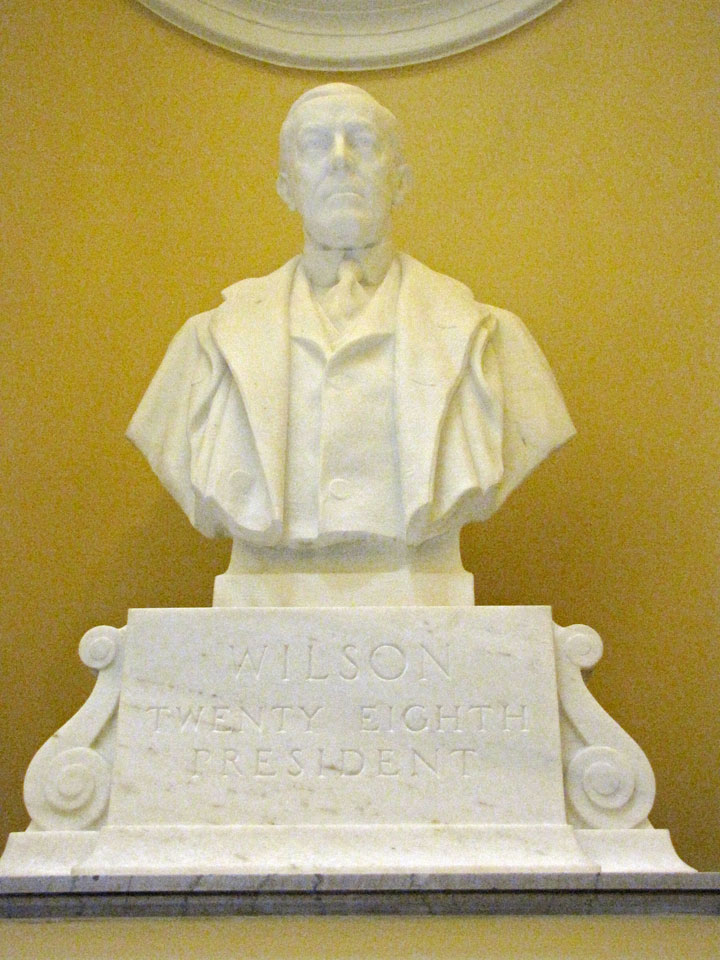
President Wilson
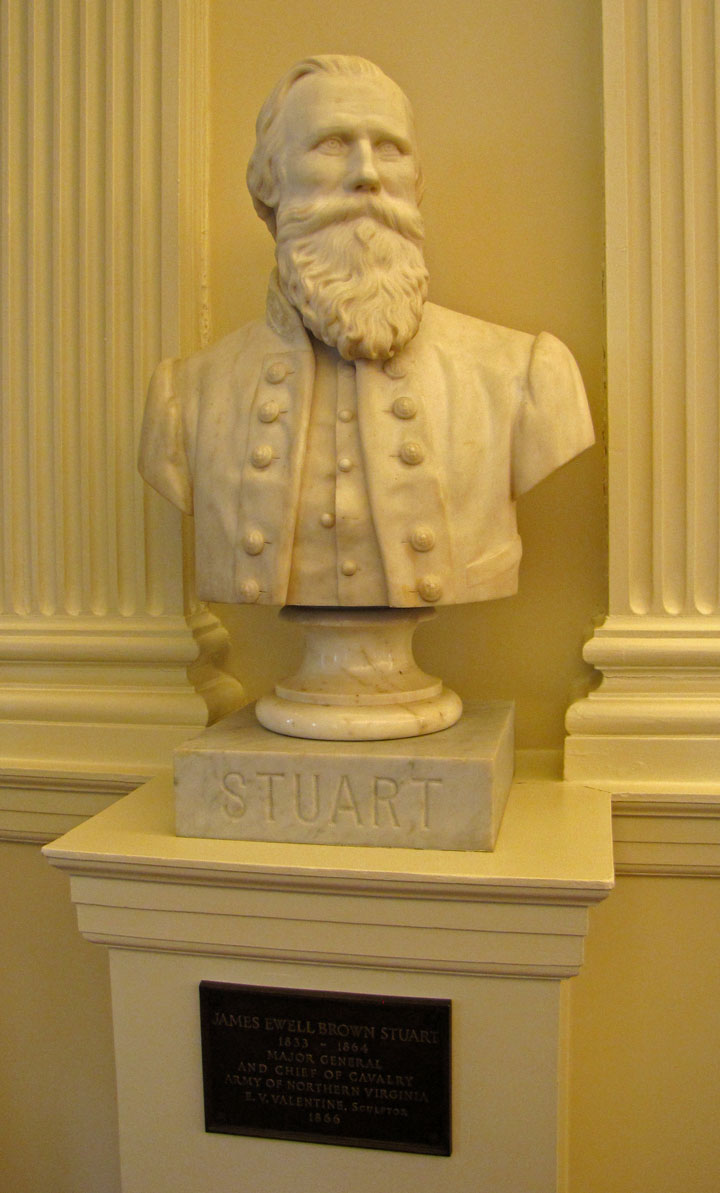
General Stuart
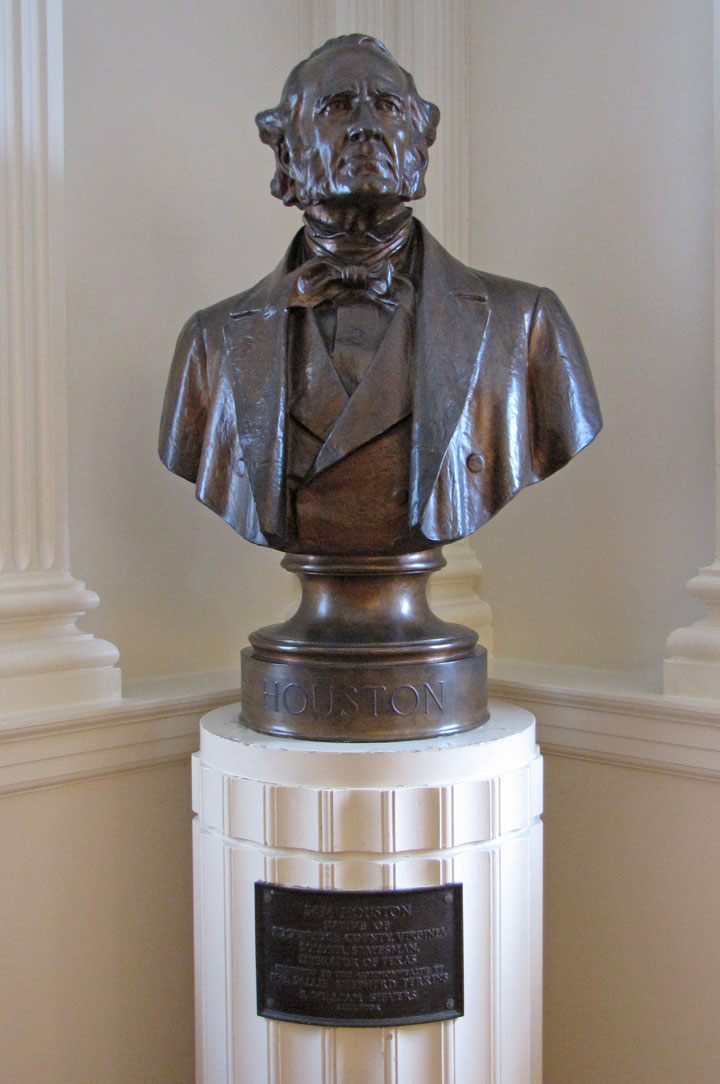
San Houston
born in Virginia
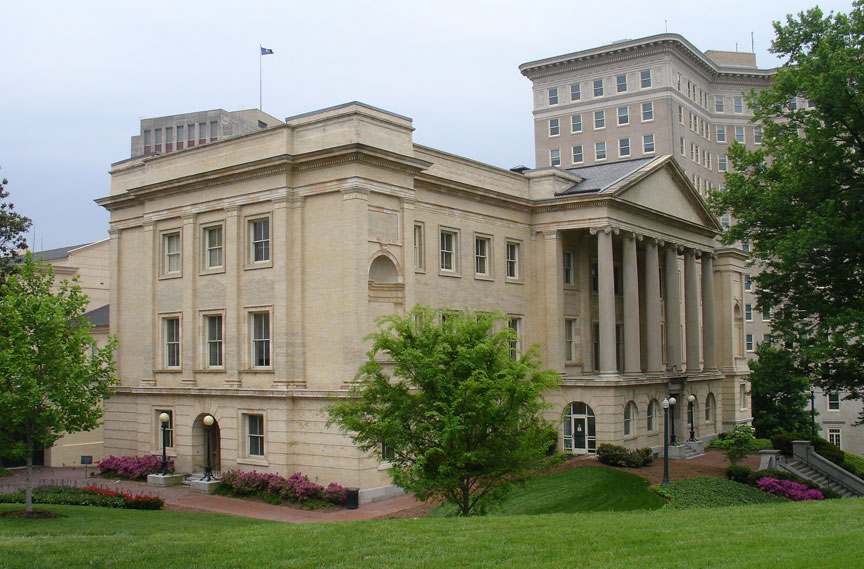
Oliver Hill Building
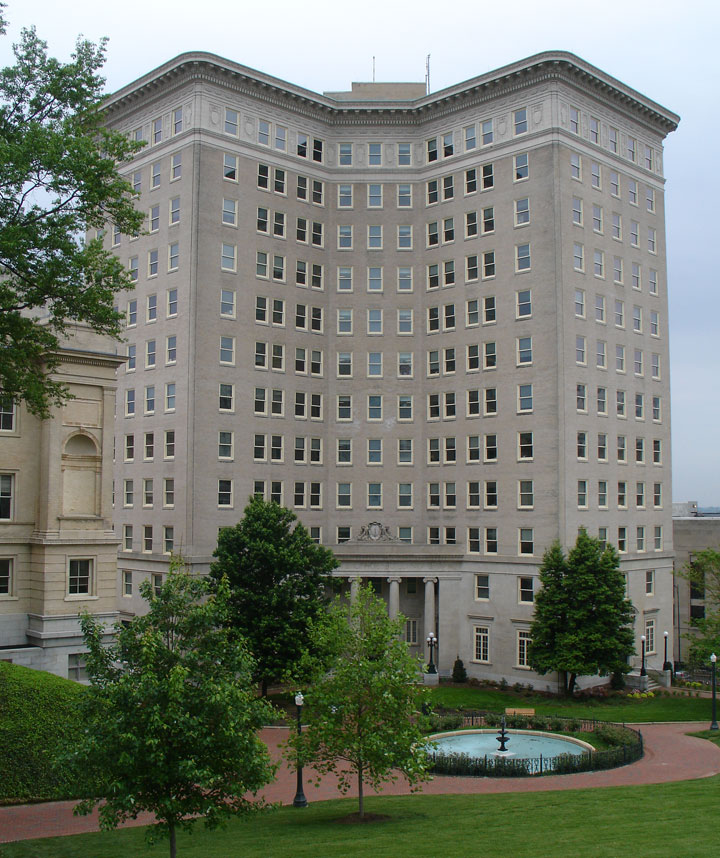
Washington Building
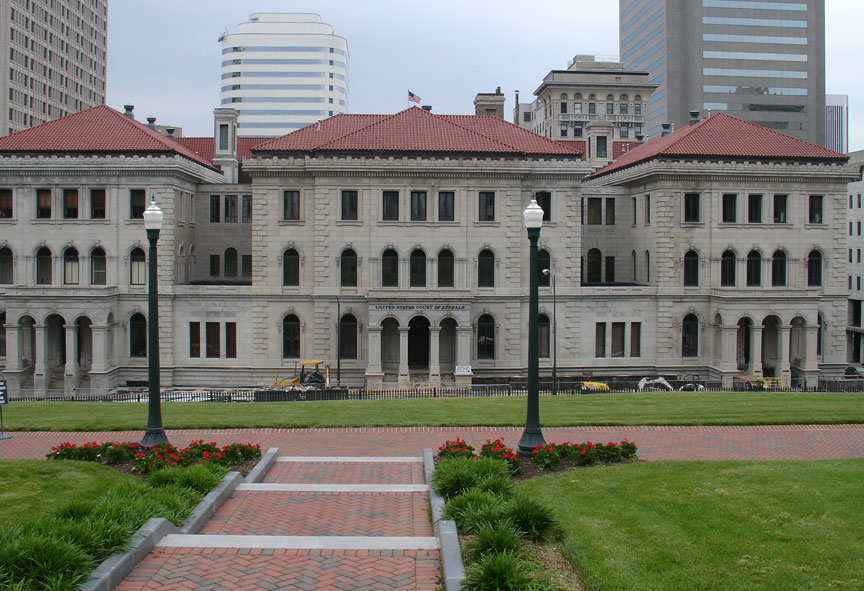
buildings on Bank Street
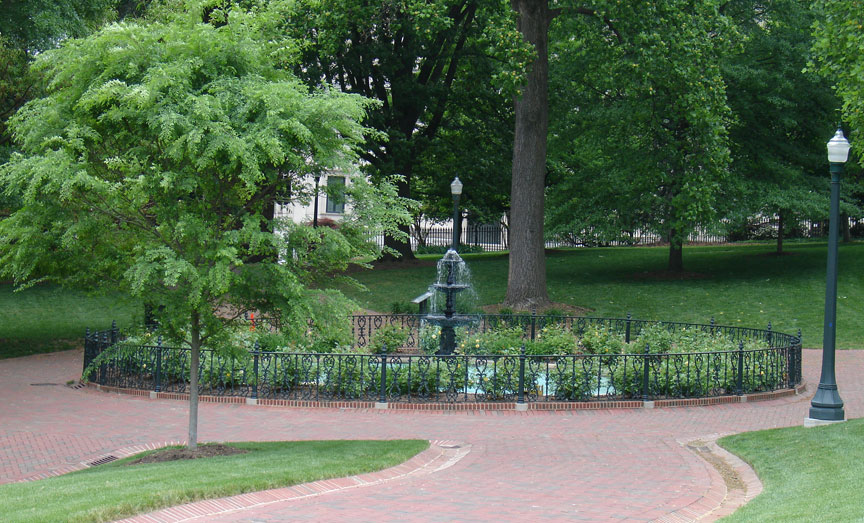
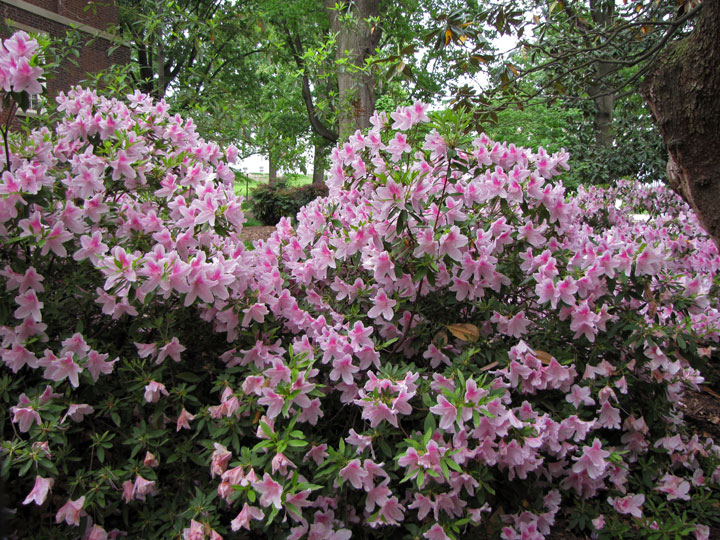
Azaleas
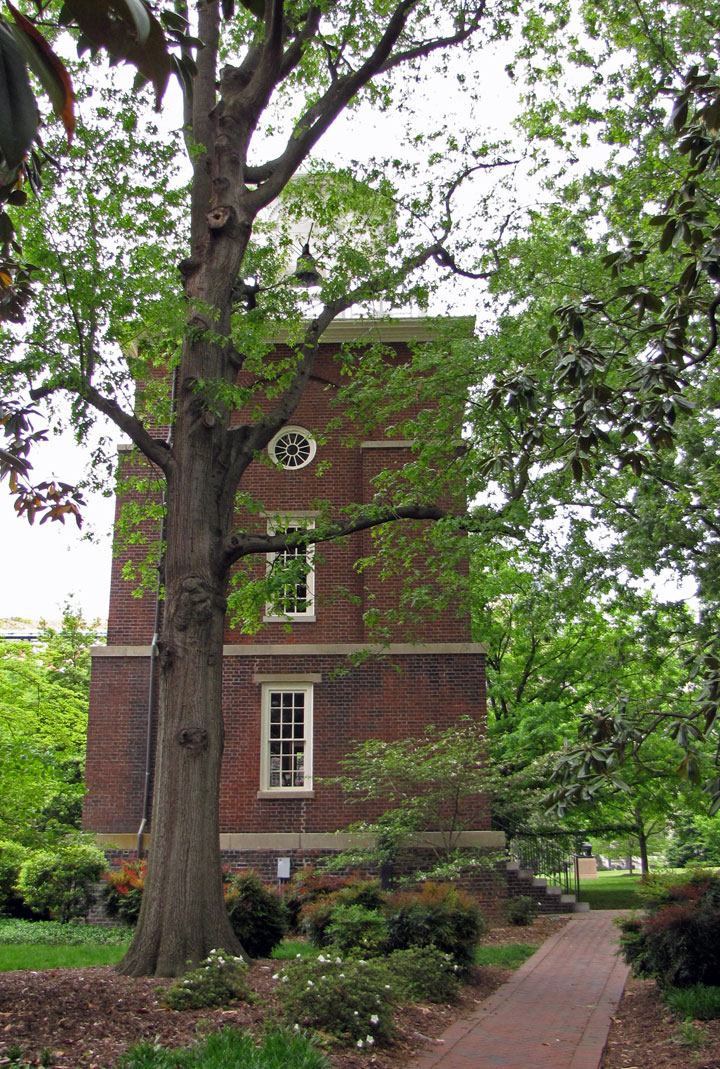
Bell Tower
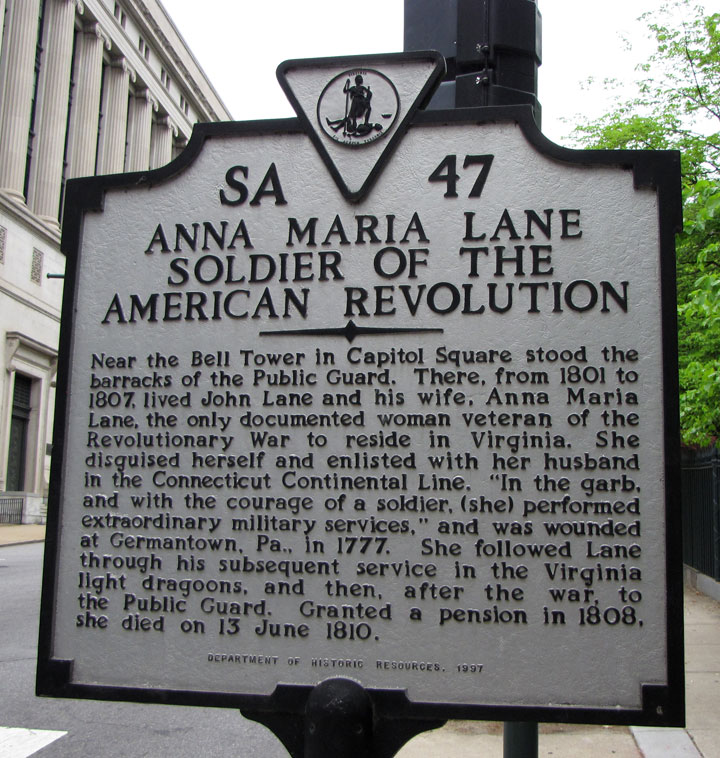
female soldier